Uyuni, Bolivia exists solely for tourists as a springboard to and from the salt flats that are adjacent to the city. Salar de Uyuni is the largest salt flat in the world at over 11,000 feet above sea level. This tour was basically the reason we came to Bolivia since we had heard so many rave reviews about the trip, and at this point, we really hoped it would help us justify the $160 entry visa.
We arrived in Uyuni after an almost eight hour bus ride from Sucre, where we were immediately hassled at the bus station to book our tickets for the salt flats. We had done some research ahead of time to know what a good price was and had to stop ourselves from laughing out loud at a woman trying to charge us double the price we had researched! We walked the few blocks to our hostel, dropped off our bags, and went searching for a deal. The first two places we talked to promised the price were were thinking of, but only the second place had an English speaking guide so we were sold. Afterwards we enjoyed some delicious spicy llama pizza for dinner, then we were off to bed to get ready for our adventure!
The next morning we piled into a Landrover with four other travelers. Our excursion started with a quick stop at the “train cemetery” outside of Uyuni. It turns out our guide didn’t really speak a lot of English, so we didn’t entirely understand why these trains were there. From what we gathered, the trains became defunct because they were too much work to maintain and trucks were cheaper. Wikipedia blames it on the indigenous people, but regardless of the reason it was a fun stop before heading to the salt flats.
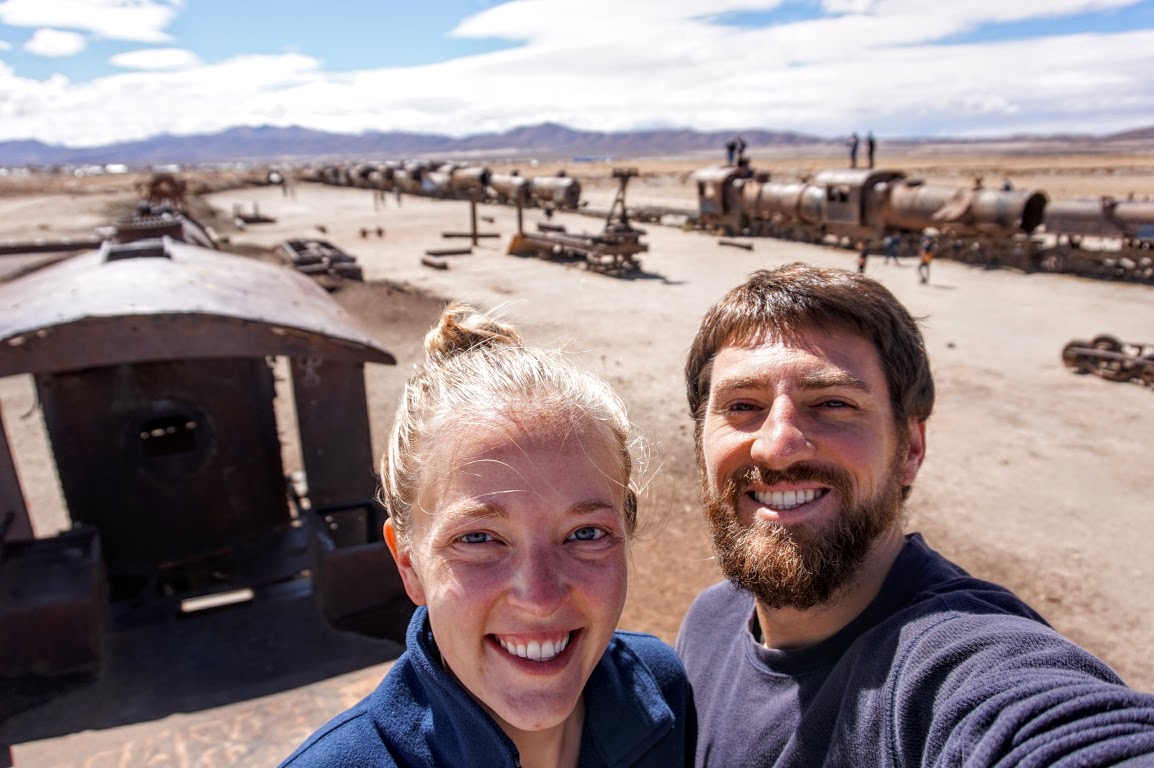

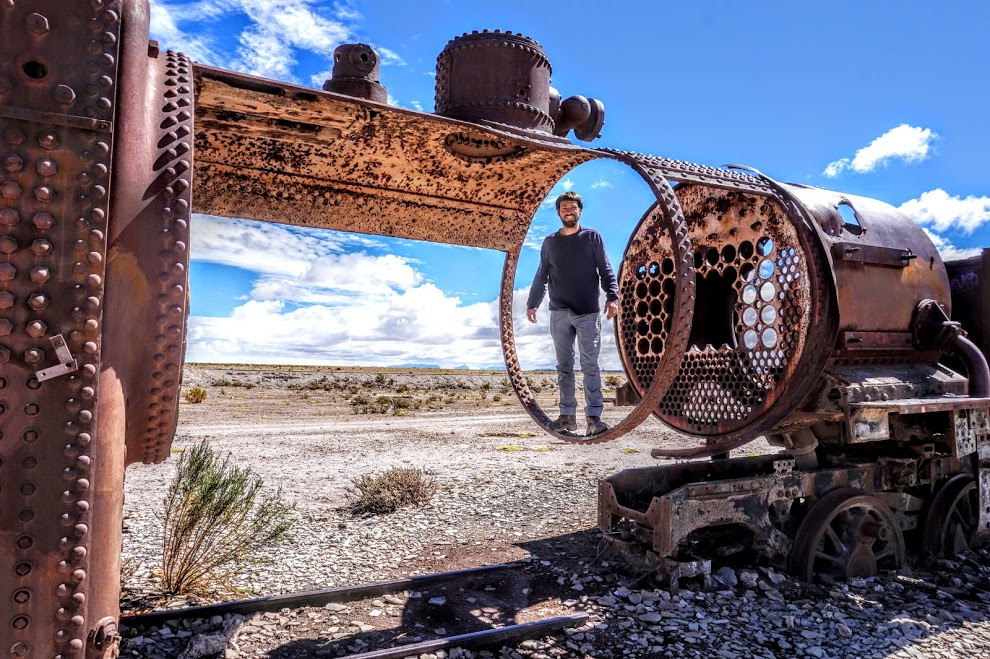

Before we reached the salt flats, we had another stop at a market offering a million touristy items made out of - you guessed it - salt. After the market, we finally drove out onto the salt flats. The flats are famous for their reflective surface after it rains and sometimes you can’t tell where the sky ends and the land begins. We didn’t have that perfect of a reflection, but it was still super awesome to see! We stopped several times throughout our first day to take various pictures, including some goofy ones to play with perspective. Our last stop on the salt flats was this “island” of vegetation in the middle of the white landscape. We think it was a (very, very) old coral reef, which is now covered in cacti.
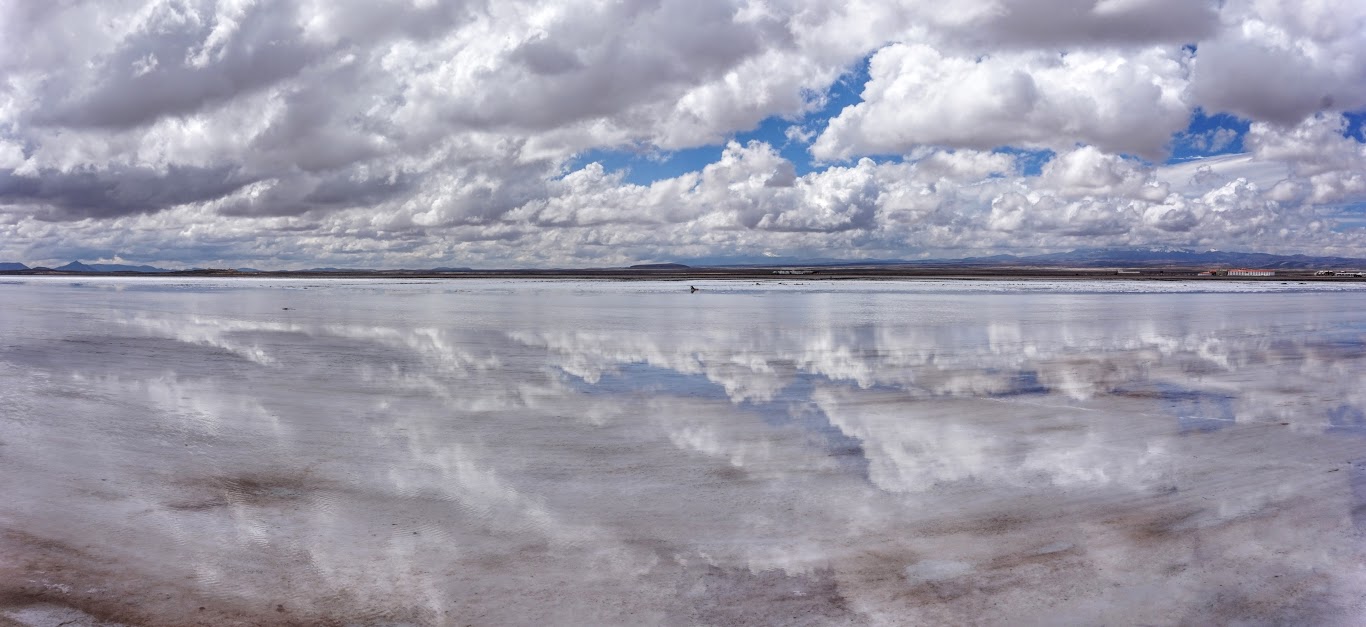
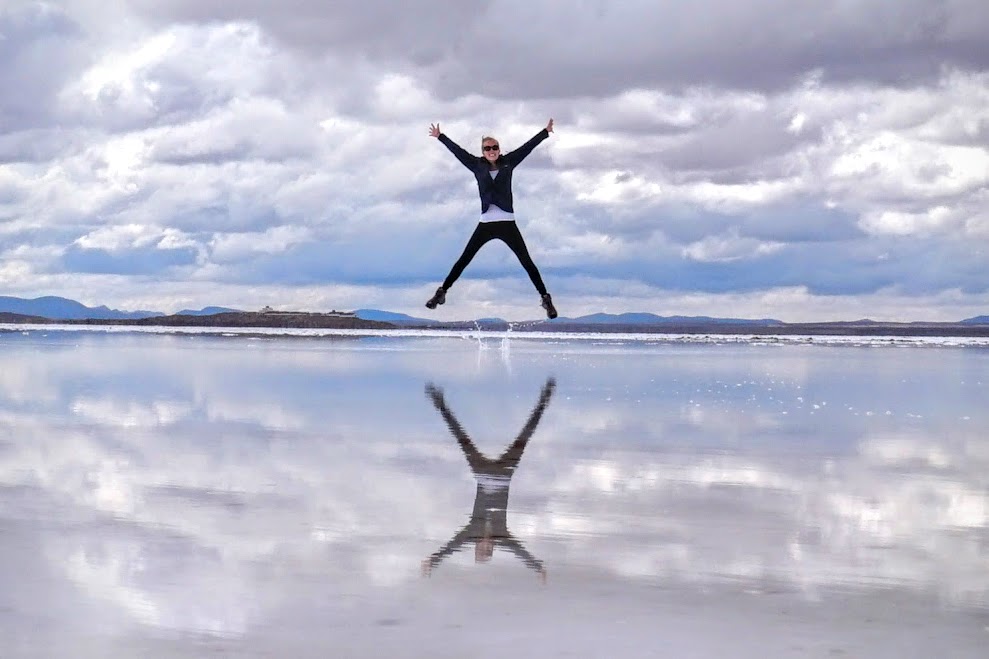

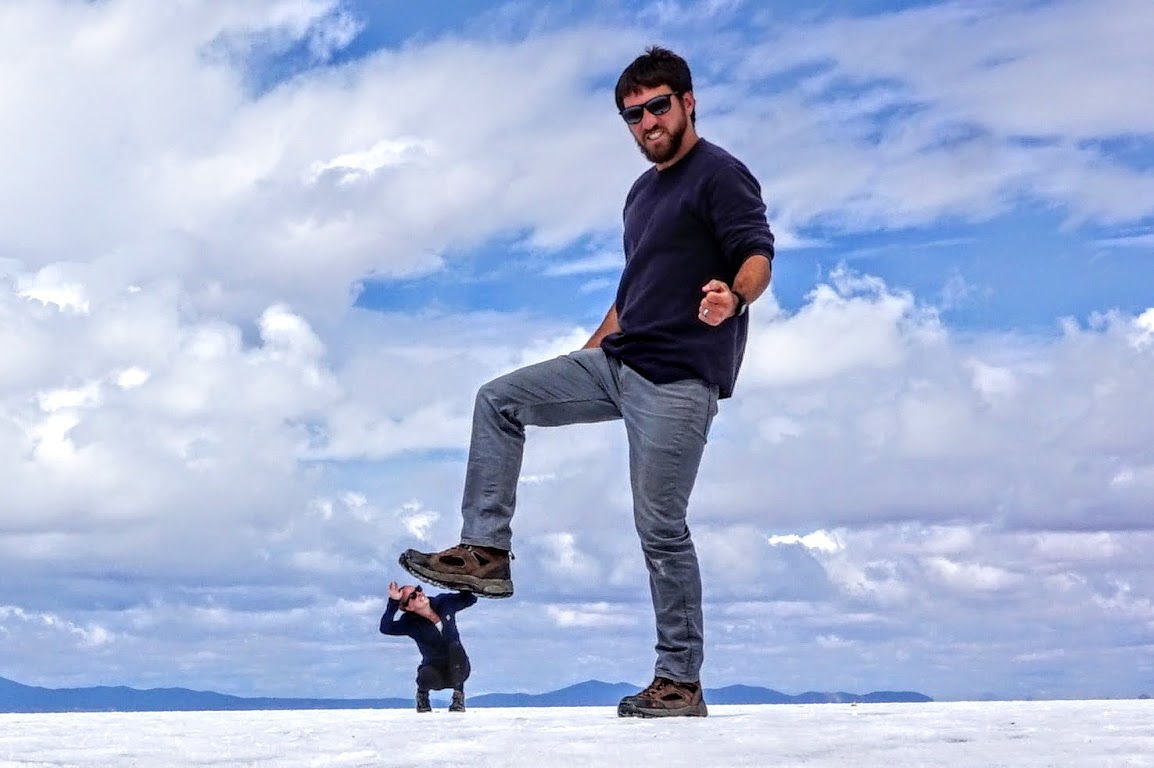
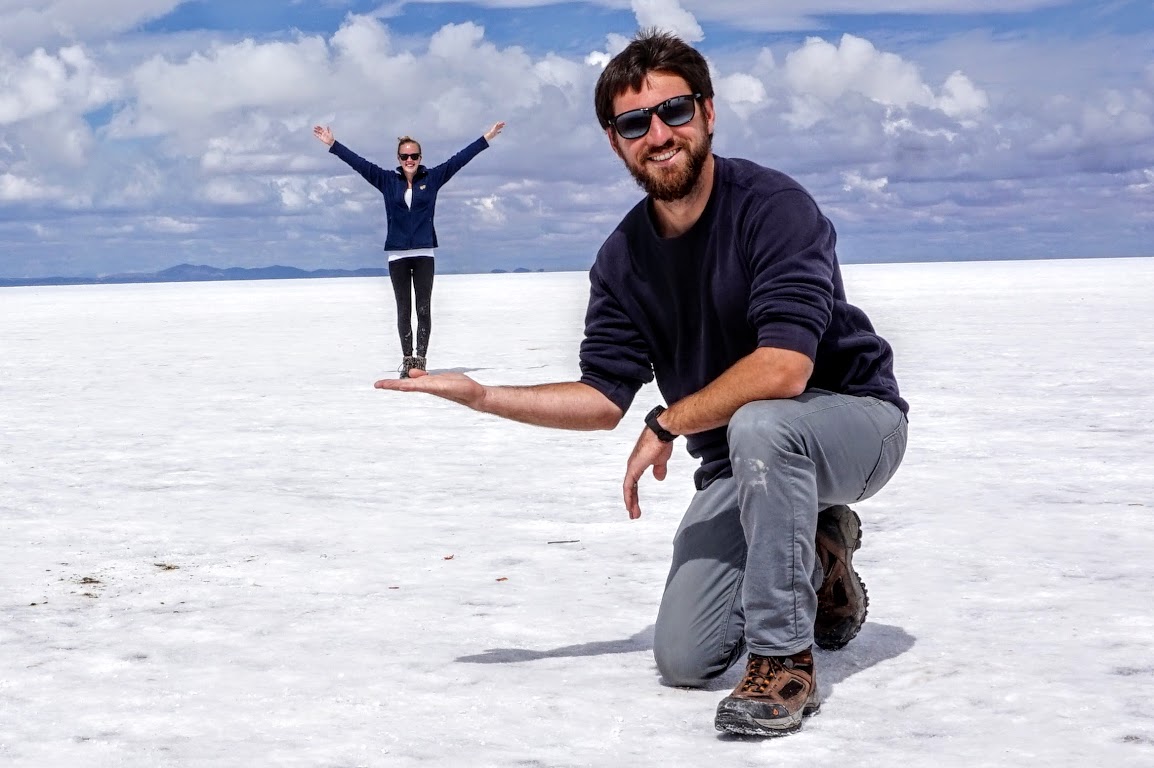

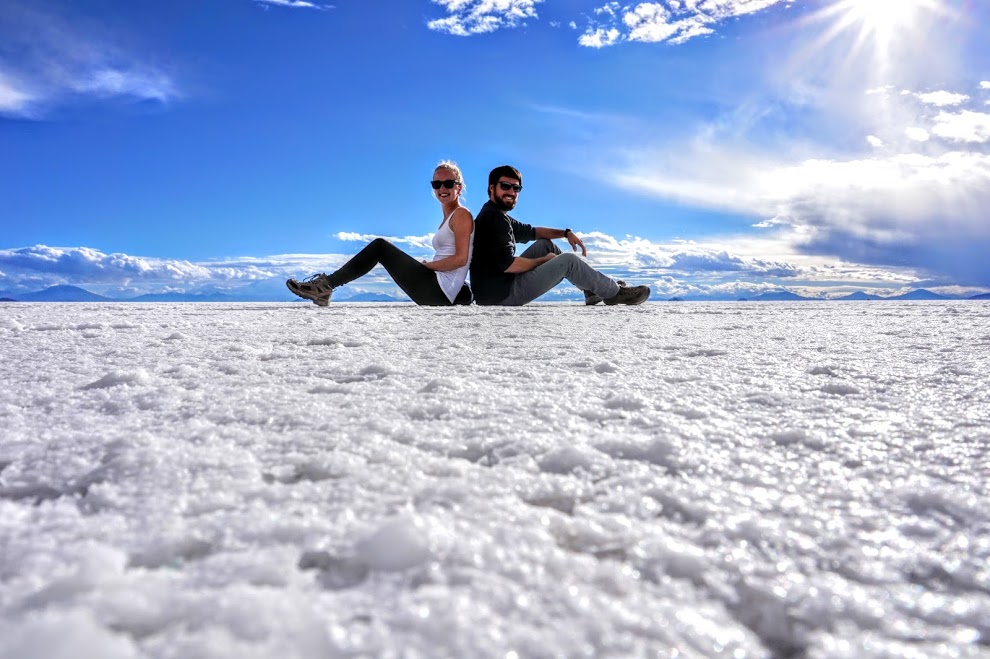

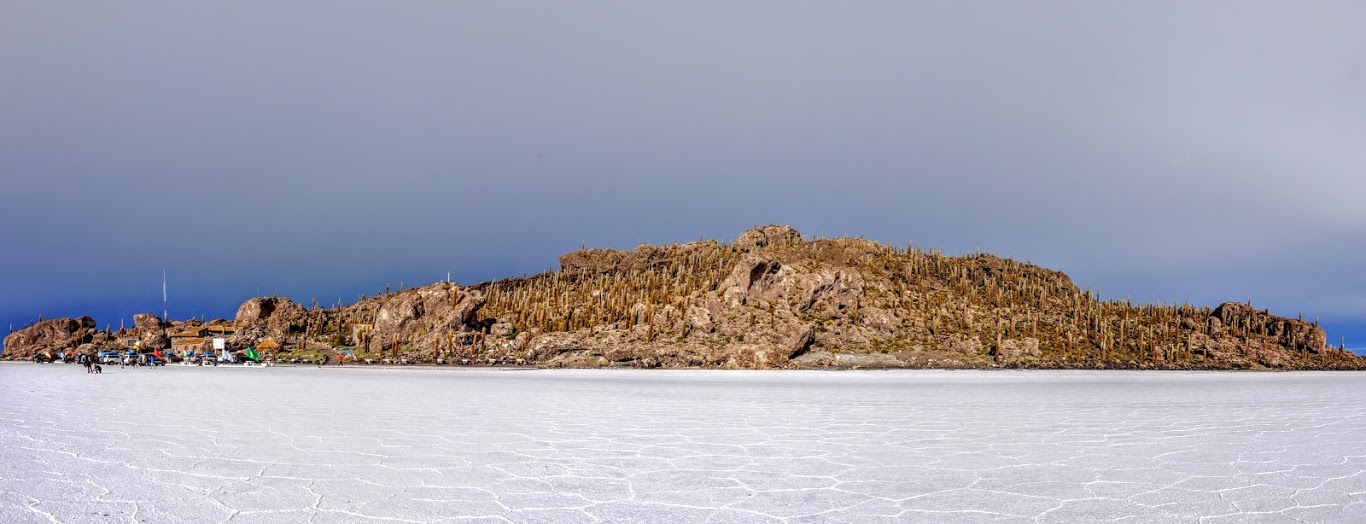
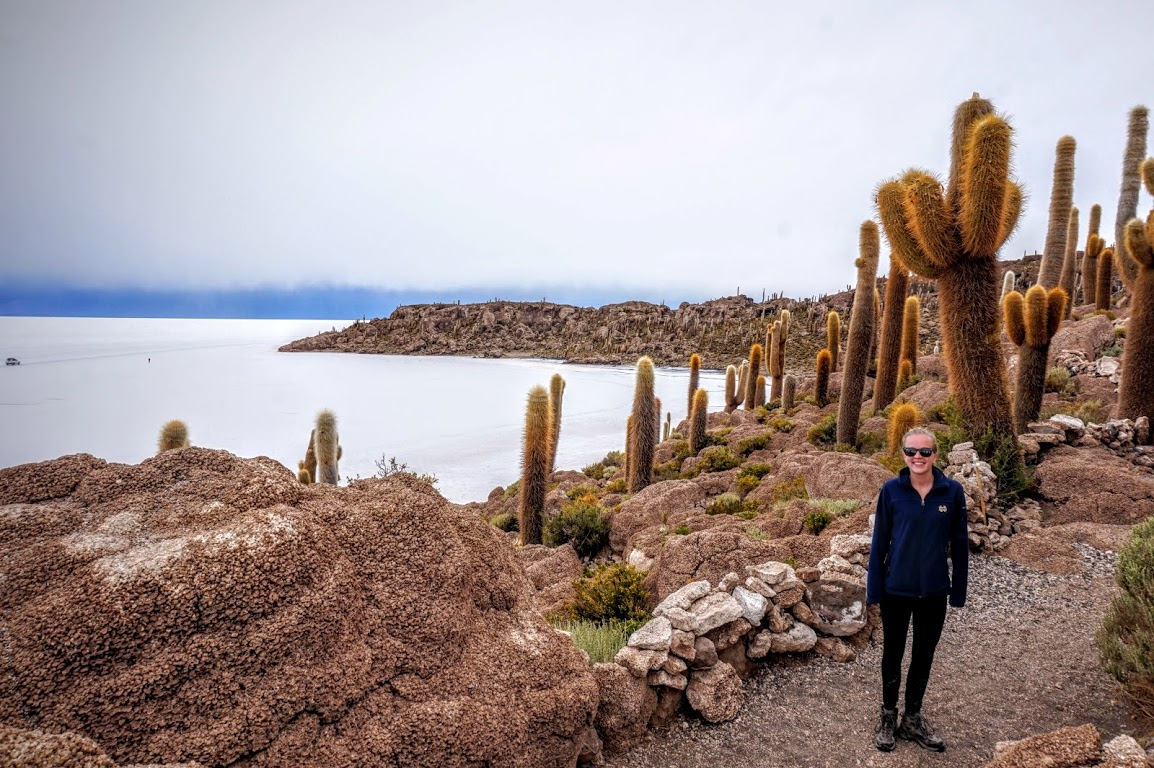
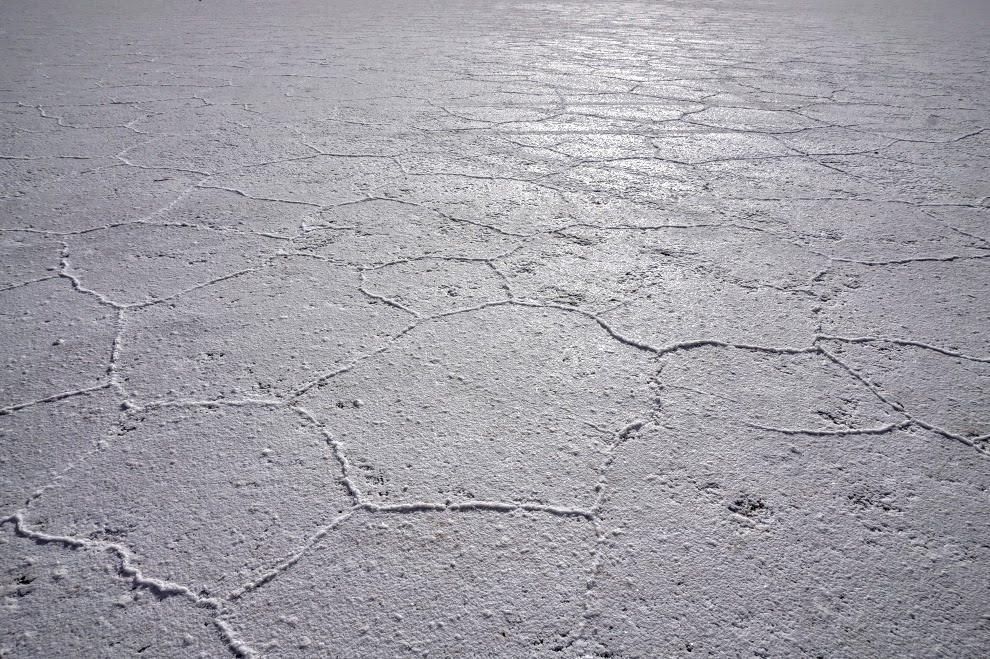
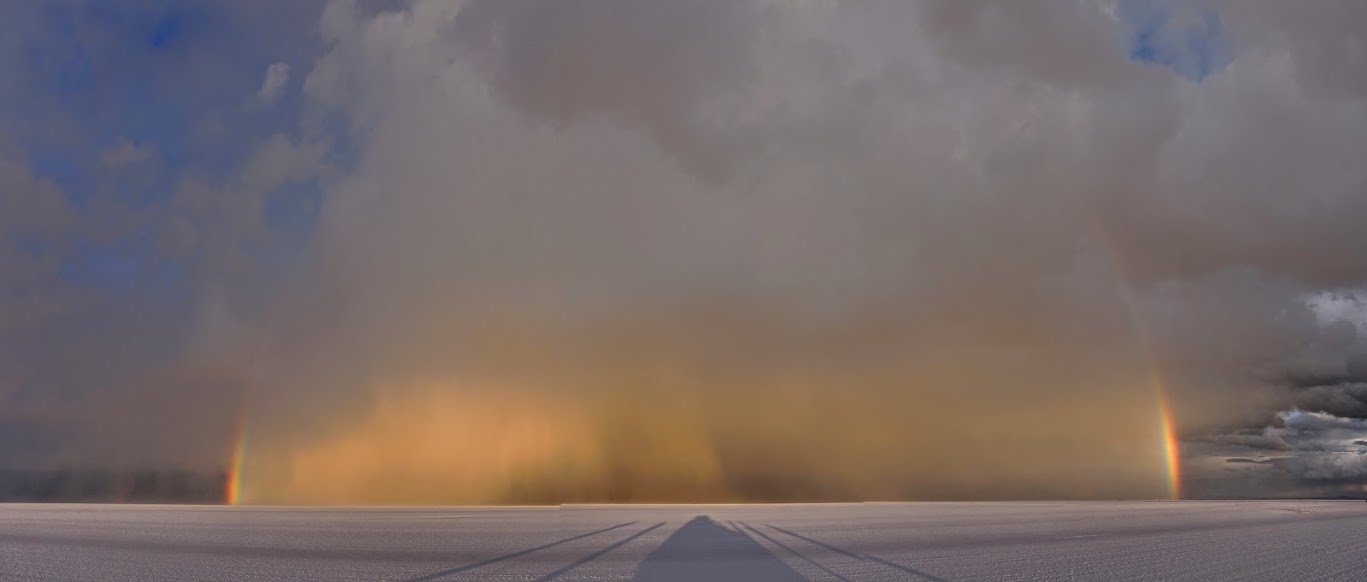

The second and third days weren’t actually on the salt flats, but instead spent exploring the beautiful scenery of southern Bolivia. We saw many mountains, volcanoes, rock formations, geysers, lagoons of various colors, and flamingos. We didn’t really get any info from our guide, but it was all very pretty!

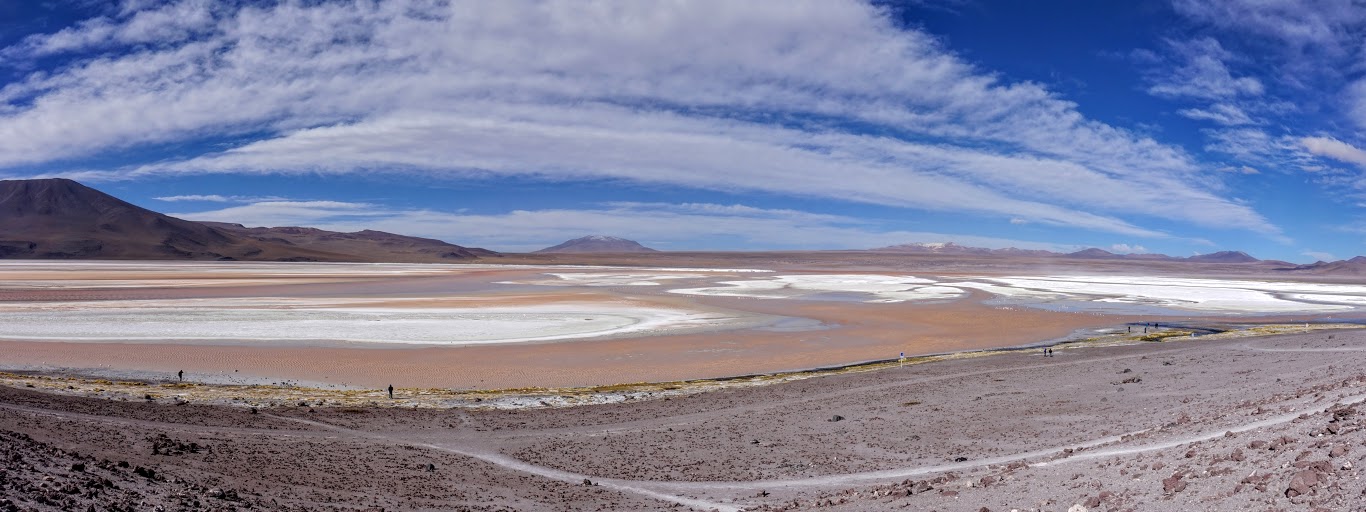
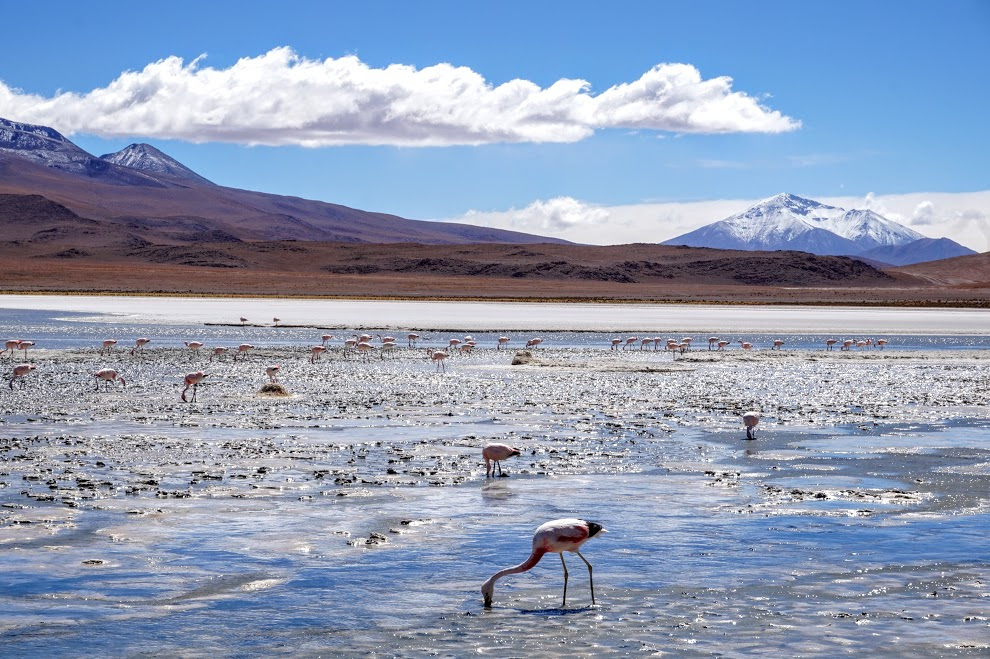

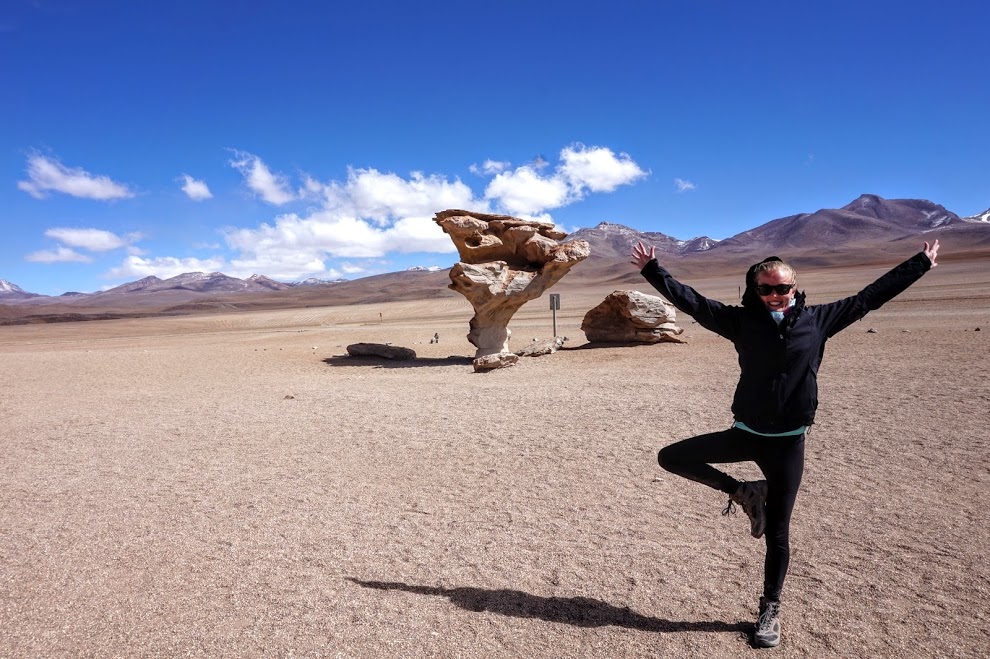
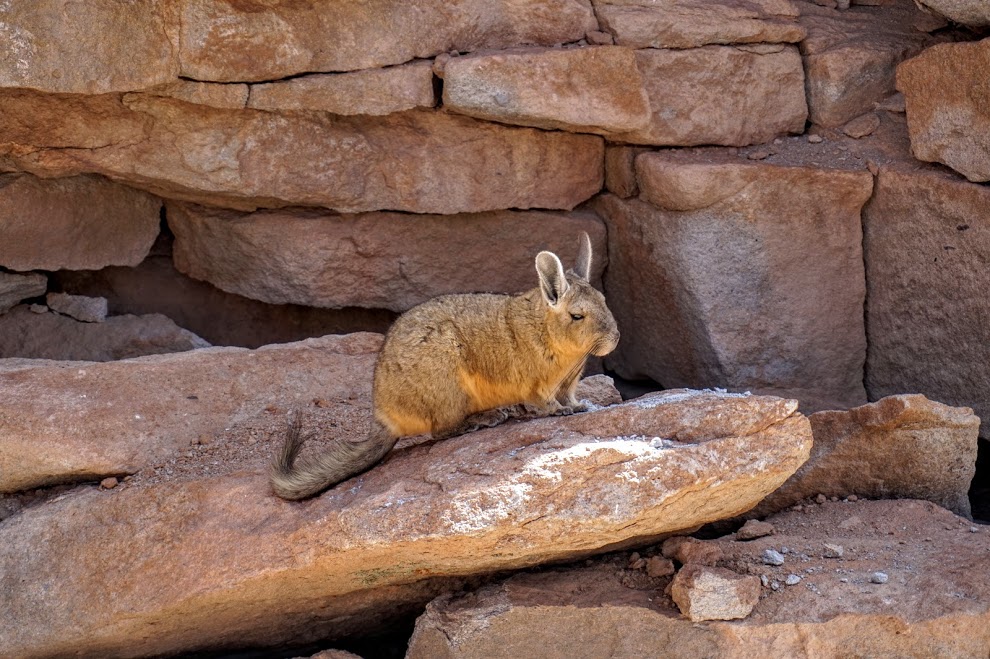
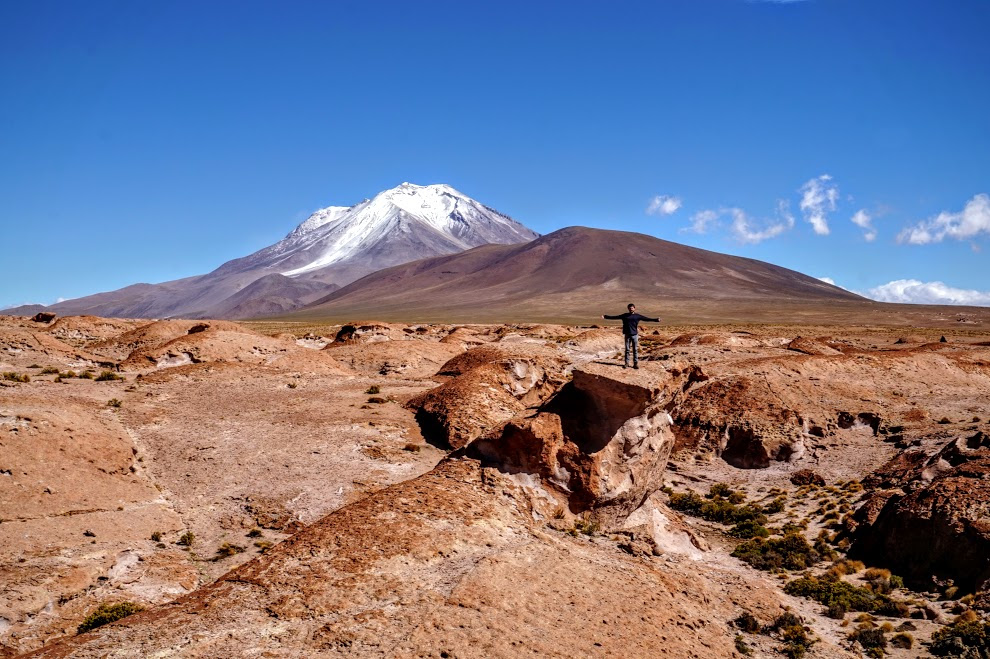
The last day of the trip we woke up at 4:30 am to see the geysers, which are only active around 6 am. It was cool to walk around them as the sun was rising, but it was freezing! We were at the highest point of the trek at around 5,000 m (over 16,000 ft) above sea level and without the sun to warm us, we could only get heat from the geysers’ steam. After the geysers, we stopped at a hot spring. We didn’t realize we were going to be at the hot springs before 7 am and in the freezing cold, so Vesper ended up being the only one in our group brave enough to strip down and enjoy them. After that brief stop, we crossed a bunch of desert scenery, including one called the Salvador Dali desert since it looks like one of the artist’s paintings.
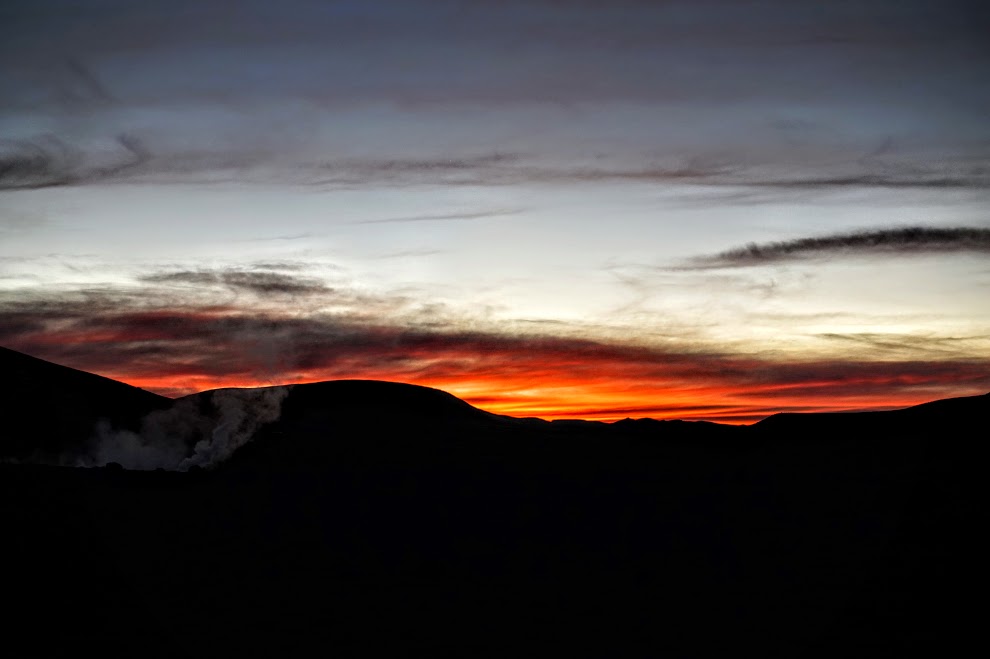

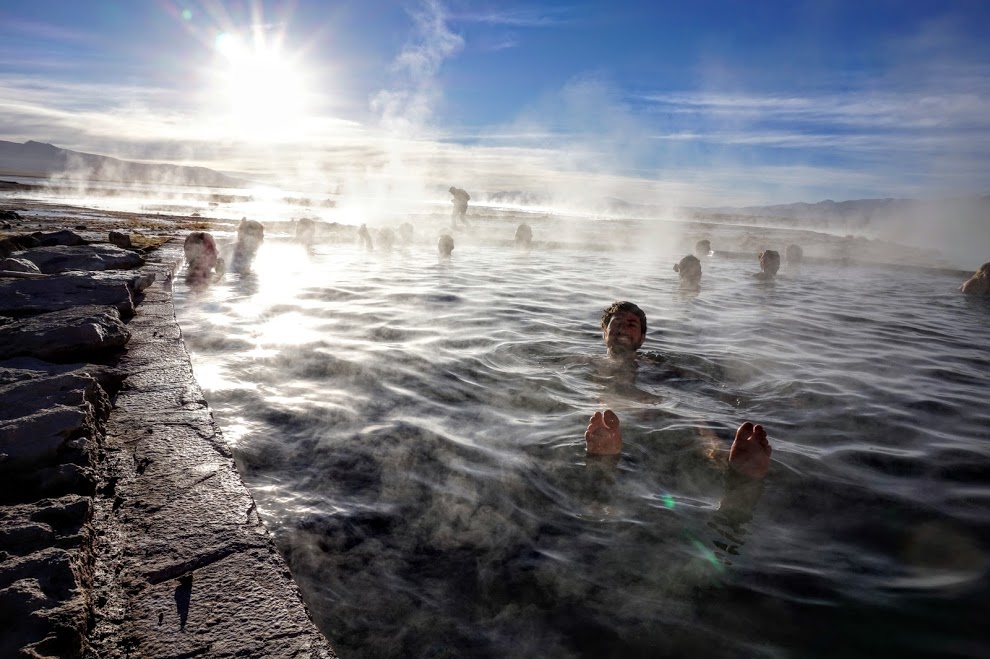


Our trip ended at the Bolivia-Chile border, where we took a bus to San Pedro de Atacama, an up and coming tourist destination in northern Chile. Looking back on Bolivia and the expensive visa, was it worth the hassle? Yes. Touring the salt flats was very cool and made it worthwhile. Would we come back in the future? Probably not. We enjoyed Peru a lot more and thought it had more to offer: better infrastructure, less poverty, and more cool stuff (like Incan ruins and killer ceviche). Now - off to Chile!
